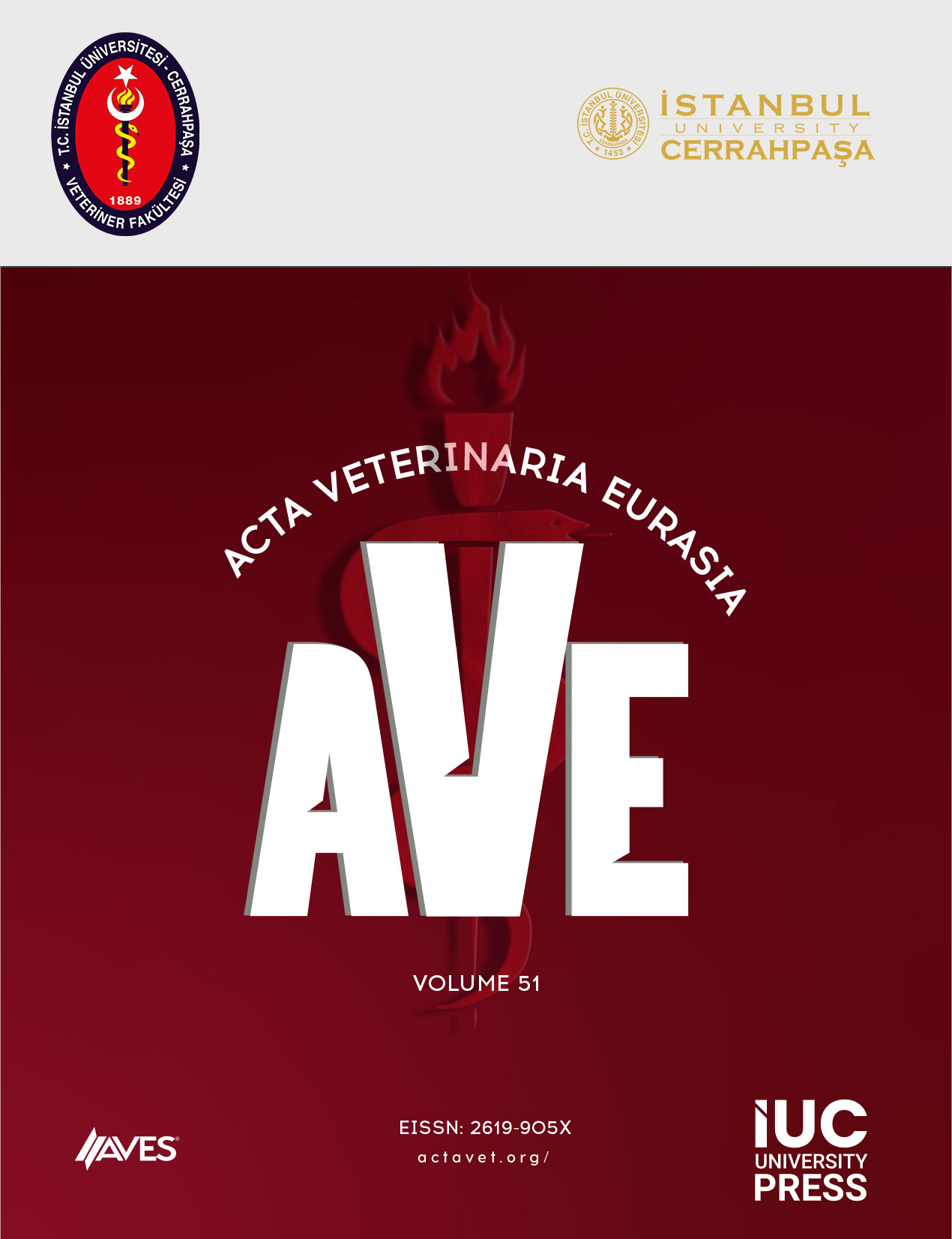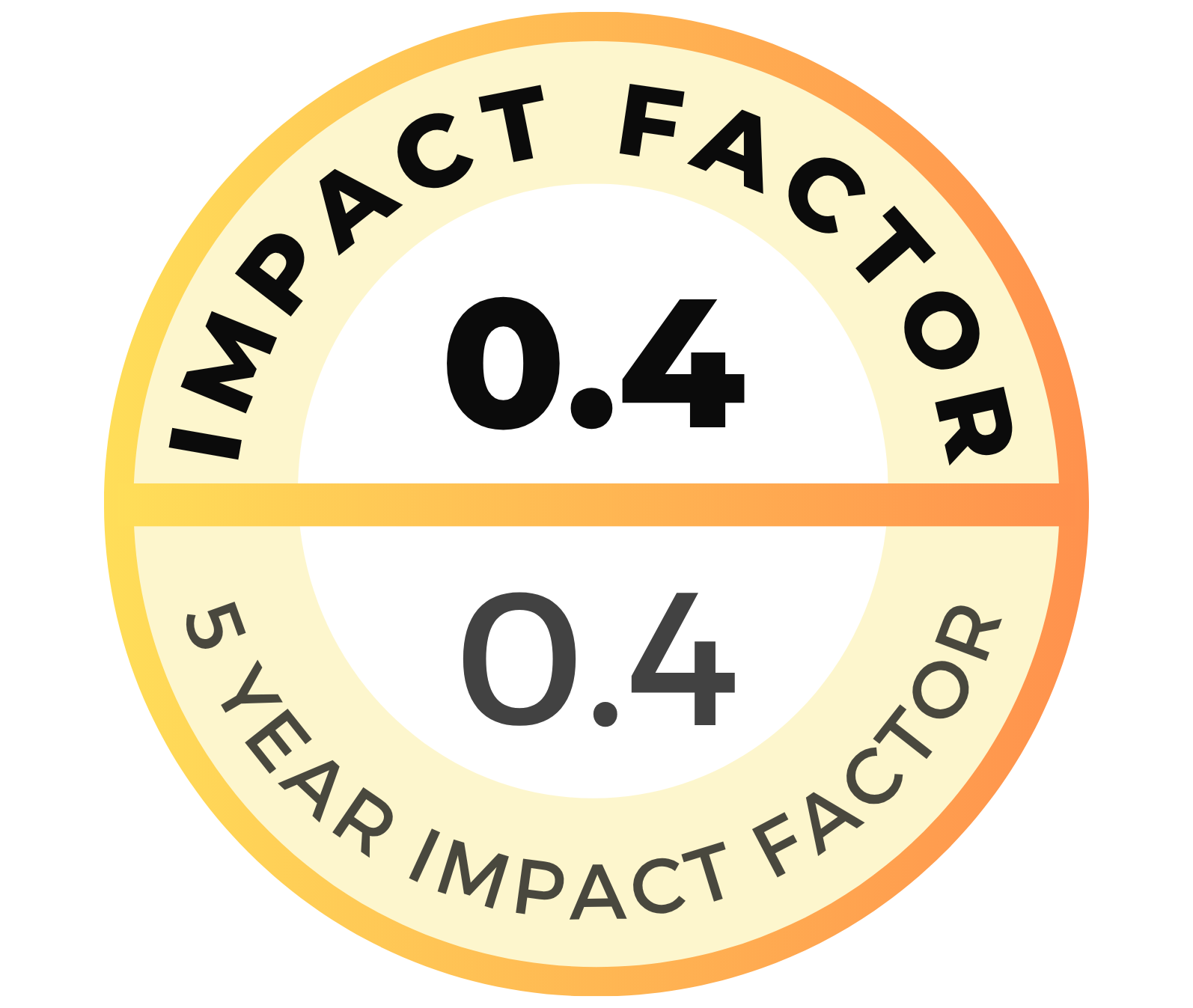Porcine Reproductive and Respiratory Syndrome Virus is the causative pathogen of a major infectious disease that affects the pig industry worldwide. Clinically, the syndrome is characterized by reproductive failure in sows and respiratory disease in piglets, leading to severe economic losses in pig production. Current control strategies are based on vaccination against the virus, particularly in the use of modified live virus, which can be administered either intramuscularly or intradermally. This review compares the effects of intradermal and intramuscular vaccination against Porcine Reproductive and Respiratory Syndrome Virus based on scientific data and the impact on animal welfare and productivity. Intradermal methods are less invasive and reduce stress, pain, and tissue damage. It also minimizes the risks associated with the use of needles, such as iatrogenic transmission of pathogens and damage to the carcass. The benefits of intradermal vaccination meet consumer demands for animal welfare and contribute to higher farm productivity. In conclusion, intradermal vaccination offers potential benefits such as reduced stress and equivalent protection to intramuscular vaccination. However, further studies are needed to validate the long-term effects of the method on animal welfare, productivity, and public health benefits.
Cite this article as: Papakonstantinou, G. I., Maragkakis, G. G., & Papatsiros, V. G. (2025). Strategic vaccinology for PRRS: Exploring the benefits of intradermal approaches. Acta Veterinaria Eurasia, 51, 0002, doi: 10.5152/actavet.2025.24002.





.png)